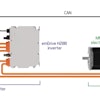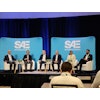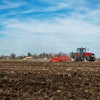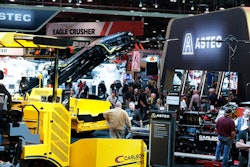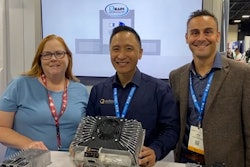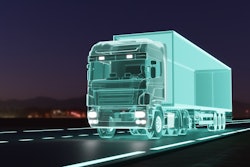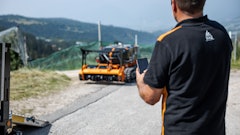
We saw several positives during 2022. Trade shows came back in earnest after nearly two years of cancellations and virtual events. Nearly 500,000 people attended bauma in October 2022. This trend will continue into 2023 as our team prepares to attend several events, including CONEXPO-CON/AGG in March 2023.
In addition, the huge push industry-wide to adopt electrification, alternative fuels and digital/internet of things (IoT) is another positive according to Wilfried Aulbur, senior partner, Roland Berger.  Wilfried Aulbur, senior partnerRoland Berger
Wilfried Aulbur, senior partnerRoland Berger
“Electrification has become increasingly more important, along with digitalization and a continuous shift in customer channels,” said Aulbur.
We spoke with 10 industry experts to get their insights about the challenges that they, their companies and the industry faced in 2022. We also asked them about their expectations for 2023.
This article examines some of these challenges and successes and looks toward 2023 for what the industry can anticipate in the New Year.
The Biggest Challenges of 2022
Without question, supply chain problems topped the challenges globally and for OEMs in the off-highway industry. Working with teams and partners are critical to managing problems arising from delays in the supply chain.
“Behind the scenes, our team has done a great job maintaining our production lines with increasing demands,” said Tasker. “Maintaining a close relationship with our partners is key to resolving this challenge. Understanding their needs and having open communication allows us to collaborate quickly when issues arise.”
 Darren Tasker, vice president of industrial salesVolvo Penta
Darren Tasker, vice president of industrial salesVolvo Penta
“To address this supply chain challenge, we have expanded and upgraded our internal team and invested in engineering and manufacturing experts to help navigate this complicated climate,” Hazelton said. “To better meet demand, we have focused on expanding our labor force at each of our five manufacturing and distribution centers throughout the U.S.”
Regionalizing suppliers has been a priority for Alström. “We’re working hard to localize our supply chains, ensuring our supply is closer to our customers. This is a significant change,” Alström said. “Although container availability is easing, we are still going full force on regionalization. This can generate time and cost savings while freeing up working capital that we can put to better use.”
 Jeremy Harsin, global construction market directorCummins Inc.
Jeremy Harsin, global construction market directorCummins Inc.
Another challenge is also a positive for the industry and the environment: the transition from diesel internal combustion engines (ICEs) to electric and alternative fuels (including biofuels and hydrogen). However, these generational changes and disruptions are bringing innovation as well as trials.
Past “technological changes pale in comparison to the generational shift that our industry is beginning to navigate with advanced combustion technologies, battery and fuel cell electrification, autonomous vehicle deployment and the connected vehicle,” said Harbin.
Innovative Off-Highway Moves Next Year
When looking to 2023, what do our thought leaders expect to continue to innovate? The move to electrification, a focus on the operator and a bridge to zero emission are all trends that will continue to be innovated into 2023. For most respondents, innovation and activity around alternative power sources will continue and grow. These power alternatives include:
- Biofuels, such as hydrotreated vegetable oil (HVO) and ethanol
- Electrification
- Hydrogen
- Hybrid configurations
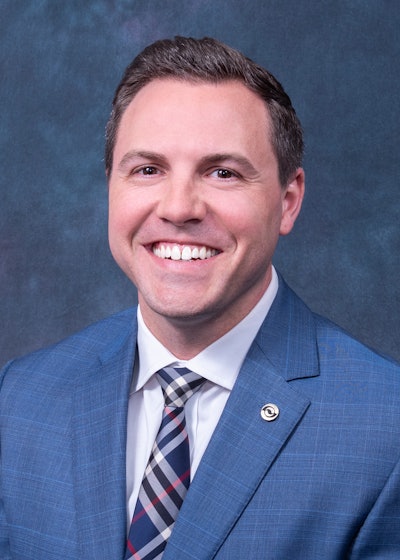 Branden Harbin, executive director, global marketingAllison Transmission
Branden Harbin, executive director, global marketingAllison Transmission
Braden anticipates a continued focus on improvements for the operator’s environment. He anticipates “A continued focus on better ergonomic solutions, efficiency and enhanced technology to reduce operator fatigue, increase safety, and lower emissions,” Braden said.
Allen foresees more ways to utilize sensors. “We expect to see more automation with sensors—not for just driving—but also to manage work zones and specific job applications.”
Equipment as a service (EaaS), like software as a service in the industrial sector, and intentional design for electrification and hybrid operation are likely to expand further next year.
According to Aulbur, “Movement towards leveraging technology to enable new service models at the dealer level is something that will continue to accelerate. Some lessons learned from recent innovation in the on-road and even passenger car space can potentially be successfully transferred to off-highway.
“Longer term, we are likely to move towards using the EaaS model for parts of our sales, similar to what we see in some industrial companies,” Aulbur said.
Hazelton predicts that designing equipment for electrification and/or hybrid configuration will grow in the upcoming months.
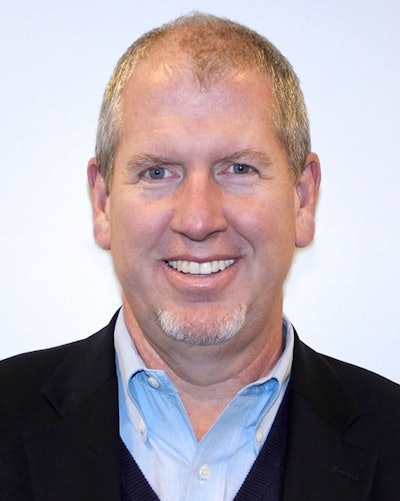 Jace Allen, technical evangelistdSPACE, Inc.
Jace Allen, technical evangelistdSPACE, Inc.
Tasker agrees with the electrification trend and anticipates connectivity advancements as well. “Innovation in renewable fuels and electromobility will continue to advance in 2023,” Tasker said. “We will also see an increase in connectivity and telematics that allow companies to enhance efficiency within their operations.”
Hurdles in Moving Toward Electrification & Automation
Progress has been made in 2022 to advance the use of electric power and automation. However, challenges to adoption remain moving into 2023. While passenger vehicles are rapidly moving toward electrification, Aulbur indicates, challenges exist for commercial and off-highway assets.
“Electrification is feasible for a number of commercial vehicles use cases,” Aulbur said. “Others may require hydrogen. For off-highway, we see electrification potential up to about 56 kW. Yet we need to solve some issues as charging availability at construction sites as well as fast charging mechanisms that are adequate for high-energy density off-highway applications.”
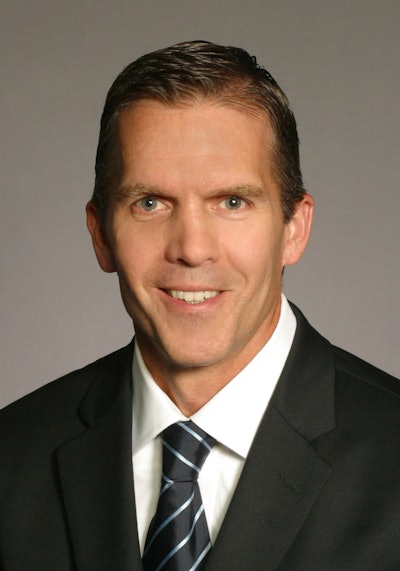 Nick Block, director, global marketing and salesJohn Deere Power Systems
Nick Block, director, global marketing and salesJohn Deere Power Systems
Several industries are likely to face challenges making this transition, including all heavy-duty industries. “The industries that will face the most hurdles in the move toward electrification will be heavy-duty construction, forestry and agriculture,” Block said.
OEMs Embrace ESG Goals and Move Toward Cleaner Power Sources
Most off-highway OEMs are adopting or have adopted the global environment, social and governance (ESG) goals. With these, protecting the environment is a priority. This goal goes together with decreased emissions, the use of alternative fuels, and the move to electrification in the industry.
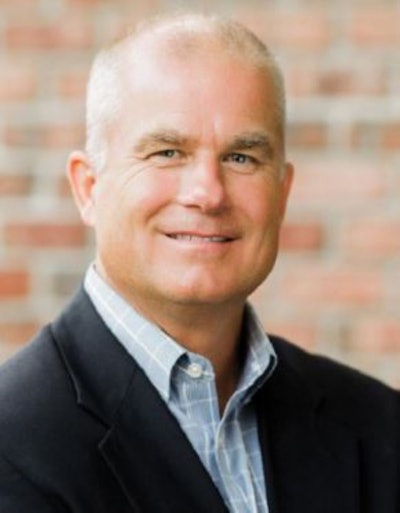 Paul Ludwig, president and CEOHED Intelligent Controls
Paul Ludwig, president and CEOHED Intelligent Controls
"Government benefits may also help OEMs move toward sustainable power sources. The government is funding many [diesel-hydrogen-hybrid] projects with grants and subsidies to push progress in this area,” Ludwig said. “Off-highway OEMs are reevaluating their product development to build these alternative power sources into vehicle designs.”
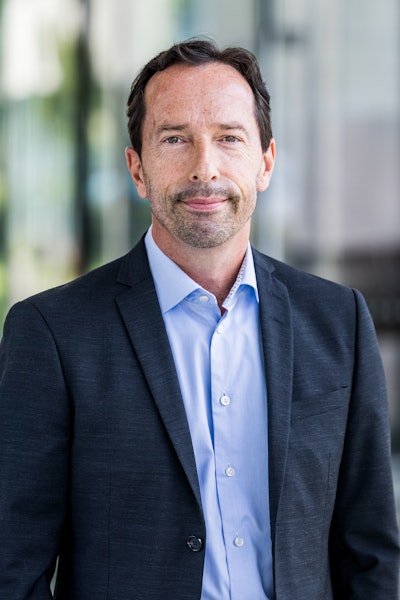 Eric Alström, presidentDanfoss Power Solutions
Eric Alström, presidentDanfoss Power Solutions
Biggest Challenges in the New Year
Geopolitical uncertainty with the Ukraine war, supply chain issues, infrastructure needs and workforce challenges will influence the industry into 2023. While the supply chain problems will continue to improve, lessons learned during 2022 should be used to try to avoid similar problems in the future.
“We need to take the learnings from the semiconductor crisis, the Russia/Ukraine war and the supply chain crisis and ensure that they become part of our organizational fabric,” Aulbur said. “We need to develop a robust organization that can react to unexpected disruptions in an agile way while keeping its eye on its original mission.”
 Jim Braden, vice president sales and marketingPACCAR
Jim Braden, vice president sales and marketingPACCAR
Workforce and talent retention will challenge the industry into the New Year as well.
“Recruiting and retaining talent will continue to be a challenge as the industry faces a tight labor market in certain regions,” Hazelton said. “We are placing a heavy emphasis on recruiting top talent for our electrification business as we build a world class team to lead the evolution and growth of our electrified power solutions.”
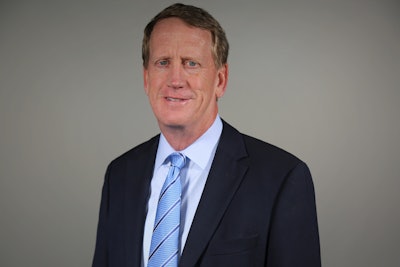 Brian Hazelton, senior vice president and president, Power Business UnitBriggs & Stratton
Brian Hazelton, senior vice president and president, Power Business UnitBriggs & Stratton
In addition, ensuring that OEMs understand the correct battery sizes needed for their equipment will be critical. This optimizes the operation of the equipment and makes sure that equipment only charges a battery of the correct size for the applications.
“As we continue to see advancements in electrification over the next year, I believe the industry will have to navigate the challenges of managing customer expectations when it comes to battery power,” Block said. “Since the introduction of battery technology to the off-highway market, range and run time have been concerns. As more OEMs look to integrate battery power into their equipment, proper sizing and power density packaging will be critical.”

